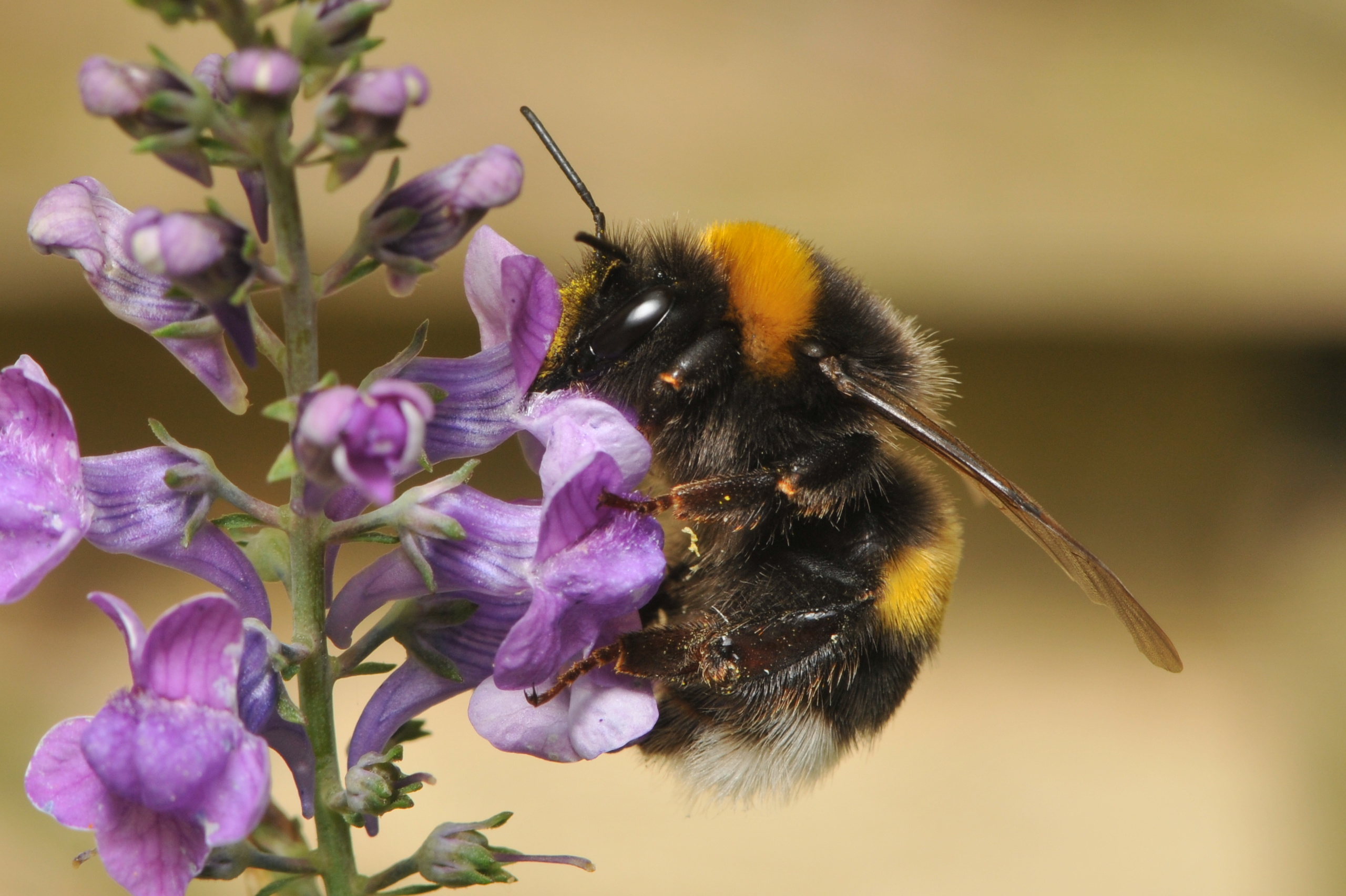Butterburs: Honeybees’ Strawberry Ice Cream
May 18, 2016
Bee Colony Collapse, Health, Honey Bees
Honeybees, like people, have the ability to balance their nutritional needs and know what they need and want at different times, depending on what they’re lacking or carrying a surplus of. For that reason, bees tend to show preference for certain flowers over others, often those allowing for the best adaptation possible or the best nutritional gain available. This goes to the point of certain colonies demonstrating their individual diets by worker bees choosing specific flowers over others—and most of those colonies have shown extreme preference for butterburs, also known as Petasites hybridus.
Butterburs, which one writer for The Guardian called the honeybees’ “strawberry ice cream,” can be identified by the short tan spikes of flowers protruding from the stem, themselves topped with florets of a light shade of pink—giving them that accurate likening to an ice cream cone (though the descriptor could be true for the incessant way bees bury their faces in the butterbur’s pollen). The spikes are produced just before the butterbur’s leaves in late winter or spring, emerging with only a few elongated basal bracts, and are usually green, flesh-colored, or dull white depending on the season.
In terms of where honeybees can find butterburs, the flowers have populations in parts of eastern Asia, Europe, and North America and particularly thrive in moist environments like riverbanks, marshes, and ditches. In one such area in spring—specifically in northeast England—Guardian writer Phil Gates came upon a low-lying stretch of riverbank often flooded during winter to find hundreds of butterburs along the bank after these flowers had forced their way up through several inches of sand and silt to grow and bloom. And on each butterbur were honeybees, all covered in white pollen to the point of having to wipe it from their temporarily blinded eyes.
The allure of butterburs to honeybees comes from the abundant nectar within each floret mirroring their greater amounts of pollen. As one of the earliest sources of nectar in spring, the bees have learned to exploit the easy food source and reportedly “bulldoze” the florets in pursuit of the early nectar.
As a honeybee favorite, butterburs create one of the crucial means by which honeybees can thrive and replenish not only individual colonies after winter but also depleted populations in many areas of the US due to the causes of pesticides, lack of nutrition, and diseases. As a dependable food source for hurting honeybees (that they cannot get enough of), allowing butterburs to flourish while in season can be a small step in the fight to protect all pollinators, just as gardeners do by planting pollinator gardens.


.jpg)



